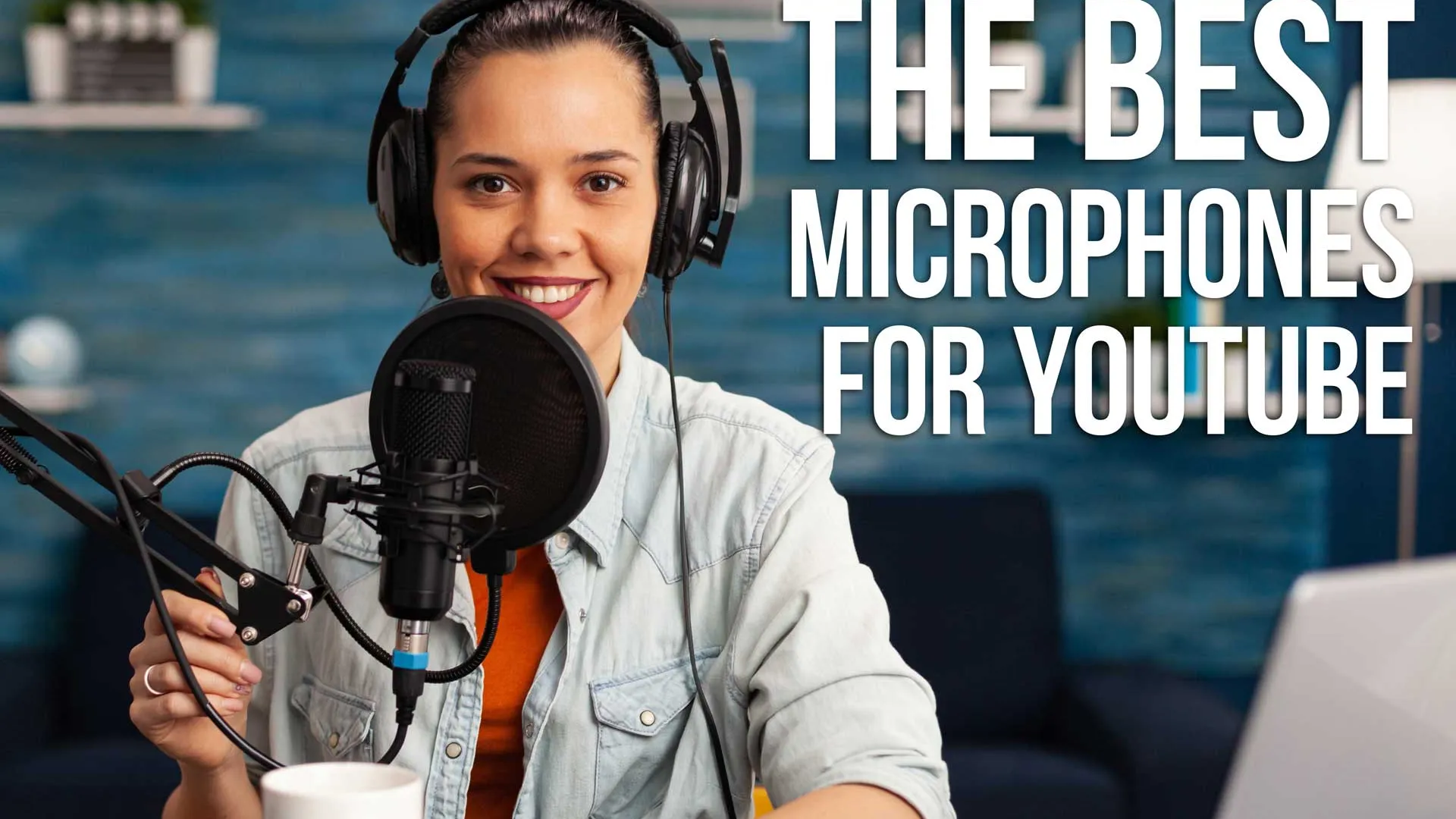They say in video production that viewers will forgive bad video but will not forgive bad sound quality.
That is why the microphone you use to produce YouTube Videos is of great importance and audio quality will make or break the overall perception of your YouTube videos.
Content creators listen up!
Choose the right mic for a clear sound and quality audio.
The best microphone for YouTube might hinge on your experience level, budget, and environment where you'll be producing the videos.
Table of Contents
- What Kind of Microphone Should I Use for YouTube videos?
- Condenser Microphones
- Dynamic Microphones
- Lavaliere Microphones
- Shotgun Microphones
- USB Microphone vs. XLR Microphone: Which is better for YouTube videos?
- Shotgun Microphone vs. Lavaliere Microphone: Which is better for YouTube videos?
- What Extra Gear Do I Need for Microphones for YouTube?
- Microphone Features To Know
- What Microphone Do Most YouTubers Use?
- FAQ About Microphones for YouTube Videos:
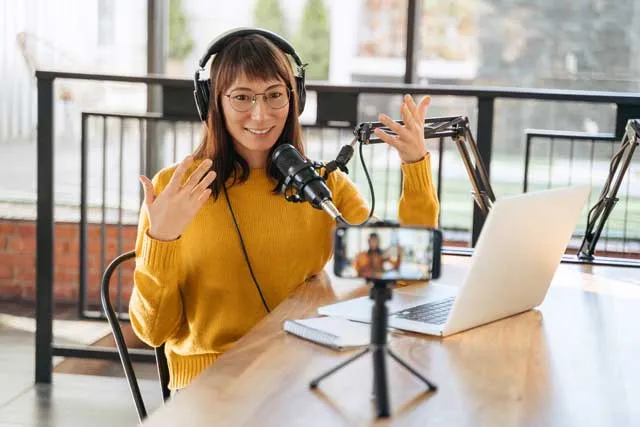
What Kind of Microphone Should I Use for YouTube videos?
There are different types of microphones, and it's helpful to know the difference when you are choosing the correct mic for your YouTube video setup.
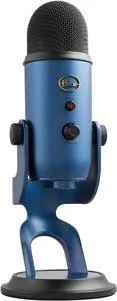
Condenser Microphones
A condenser microphone is a type of microphone that uses a capacitor to convert sound waves into an electrical signal. They are well known for having a clear and accurate sound reproduction.
A condenser mic is typically used in studios and other controlled environments because they require phantom power, which is an external power source that is required to operate the microphone.
More and more we are seeing quality USB condenser mics that are powered by plugging the USB cable into your computer.

Dynamic Microphones
A dynamic microphone is a type of microphone that uses a magnet and coil to convert sound waves into an electrical signal.
Dynamic microphones are less sensitive than condenser microphones, which means they are less likely to pick up background noise.
Dynamic microphones are typically used in live environments because they can handle high levels of sound without distortion.
They pick up audio in a cardioid pattern, which tends to capture the audio right in front of the mic and reject audio behind it for better isolation.
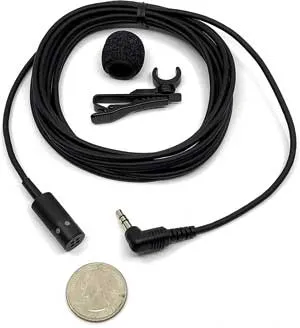
Lavaliere Microphones
A lavalier mic or "lav mic" is a small microphone that is typically worn on the body, either clipped to clothing or attached to a lapel.
Lavaliere microphones are popular because they allow the speaker to move around freely without having to hold the microphone.
They tend to be omni directional or bi directional in pickup patterns.
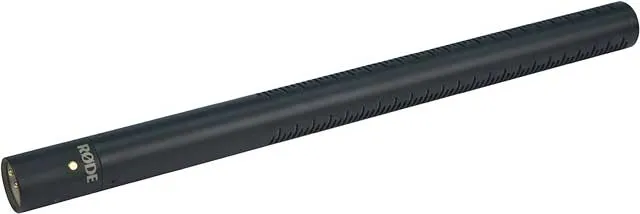
Shotgun Microphones
A shotgun microphone is a type of microphone that is designed to pick up sound from a specific direction while rejecting sound from other directions.
Shotgun microphones are typically used in film and television production because they allow the microphone to be hidden out of frame while still picking up the audio.
USB Microphone vs. XLR Microphone: Which is better for YouTube videos?
A USB microphone is a type of microphone that plugs directly into a computer via USB. USB microphones are popular because they are easy to use and don't require any additional equipment.
On the other hand, most traditional or professional studio microphones don't connect to your computer via USB, they simply use an XLR microphone cable and require a mic preamp or some sort of audio interface to connect to your computer.
A quality professional microphone paired with a quality mic preamp will, overall, have better sound quality. Plus the setup will have other uses if you are a musician.
A USB mic setup, on the other hand, is easier, less expensive, and requires less gear and setup. It also likely has gain control right on the mic itself. If you are new to professional audio or video, a quality USB mic is a good choice.
Shotgun Microphone vs. Lavaliere Microphone: Which is better for YouTube videos?
The type of microphone you use for your YouTube videos will depend on the type of video you are making.
If you are doing a vlog or interview style video, then a lavaliere microphone would be a good option.
If you are making a documentary or film-style video, then a shotgun microphone would be a better option.
Nice shotgun mics will generally have better sound quality than an equivalent lavaliere microphone.
A shotgun microphone also provides better off-axis sound rejection based on their polar pattern, which is designed to be directional and only pick up what the microphone is pointing at and reject the sound off to the sides.
The upside of a lavaliere microphone is ease of use.
It's just on you and if you are a one-person production team for your YouTube channel, not needing to set up a stand for a shotgun mic or have a second sound person is a real bonus.
What Extra Gear Do I Need for Microphones for YouTube?
Shock Mounts
If you are putting your mic on a stand, and especially if it's a sensitive condenser microphone, consider using a shock mount.
A shock mount helps to isolate the microphone from any vibrations that might come through the floor or stand, which can cause unwanted noise in your recording.
Some shotgun microphones come with a built-in shock mount or suspension system.
This is a great way to reduce handling noise as well as vibrations from things like closing doors or passing traffic.
Windscreen
If you are using a shotgun microphone, you may also want to consider using a windscreen.
A windscreen helps to reduce the amount of wind noise that is picked up by the microphone.
Shotgun microphones typically have their own built-in windscreens, but you can also get external windscreens that fit over the microphone.
Best Windscreens:
Pop Filter
Dynamic and condenser microphones alike can both benefit from the use of a pop filter to cut down on popped "p's" and "t's", which are called plosives.
A thick pop filter can muddy up the sound of the mic a bit so be sure to choose the correct pop filter for your mic.
Many microphones have pop filters included these days.
Headphones
Headphones are a nice addition to consider if you are capturing voice through your mic.
Though it's understandable you might not want to wear headphones in a YouTube video.
Mic Stand
For ease of shooting video head on, consider a small desktop stand.
This will allow you to see the camera and have your arms free to gesture.
Many USB microphones come with their own desktop stand.
This can be a good option if you are limited on space or don't want to use a traditional mic stand.
Just be sure that the stand is sturdy enough to support the weight of the microphone.
External Audio Recorder
If you are recording with a camcorder or DSLR, an external audio recorder is a great way to get high-quality sound without having to deal with the hassle of running long cables from your mic to your camera.
Just be sure that whatever recorder you choose has the right input for your microphone.
Some recorders only have XLR inputs while others have both XLR and 3.5mm (1/8") inputs.
Best External Audio Recorders:
Wireless Receiver
When using a lavaliere microphone, it's important that the wireless receiver is close to the camera so that there is no delay in the audio being recorded.
A good rule of thumb is to keep the wireless receiver within 3 feet of the camera.
Mixer
If you are using multiple microphones, you will need some type of mixer to control the levels of each mic and route the signal to your camera or recorder.
A small mixer can be had for around $100 and will give you much more control over your audio than trying to use the on-camera audio inputs.
Microphone Features To Know
Cardioid Polar Pattern
The most common polar pattern for microphones used in recording and live sound is the cardioid polar pattern.
Cardioid microphones pick up sound best from the direction they are pointing, and reject sound from the rear of the microphone. This makes them ideal for use on stage as well as in the studio.
Omni-Directional Polar Pattern
An omni-directional microphone picks up sound equally from all directions. These types of microphones are typically used in live sound applications where you need to pickup sound from a large area, such as an auditorium or conference room.
Bidirectional Polar Pattern
A bidirectional microphone picks up sound equally from the front and back of the microphone.
High Pass Filter
A high pass filter is a low frequency cutoff that helps to remove unwanted rumble and noise from your microphone signal. Many live sound microphones have a switchable high pass filter to help reduce stage noise.
Pad Switch
A pad switch is typically found on condenser microphones. It lowers the sensitivity of the microphone, which can be helpful if you are recording something loud, such as a drums or electric guitar.
Gain Control
Gain control is used to adjust the level of the signal coming from the microphone. This is useful if you are using a microphone with an amplifier or mixer, as you can adjust the amount of amplification being applied to the signal. Some USB microphones have gain control built into the mic itself.
Frequency Response
The frequency response of a microphone is the range of frequencies it can reproduce.
Most microphones have a fairly flat frequency response, which means they can reproduce a wide range of frequencies.
Some microphones, such as those designed for specific purposes like kick drums or vocals, may have a tailored frequency response to help them sound their best.
Bit Depth: 16 bit vs. 24 bit:
The bit depth of a microphone is the resolution of the digital signal it produces.
A 16 bit signal has a lower resolution than a 24 bit signal, which means it will not be as accurate in reproducing the original sound.
However, a 16 bit signal is still good enough for most purposes and will take up less space on your hard drive. If you are recording something very delicate, like a solo acoustic guitar, you may want to consider using a 24 bit microphone to get the best possible sound quality.
Sample Rate: 44.1 kHz vs. 48 kHz:
The sample rate of a microphone is the number of times per second that it samples the incoming audio signal.
The most common sample rates are 44.1 kHz and 48khz. 44.1 has been the sample rate for music production and 48 has been the sample rate for professional video and broadcast video production.
XLR and USB Connections:
Most microphones use an XLR connection, which is the standard professional audio connector. Some microphones, such as those designed for use with computers, use a USB connection.
What Microphone Do Most YouTubers Use?
There is no one answer to this question as there are many different types of YouTube videos.
For example, a YouTuber who makes vlogs or interview-style videos might use a lavaliere microphone, while a YouTuber who makes film-style videos might use a shotgun microphone.
Here are some examples of popular microphones used by YouTube:
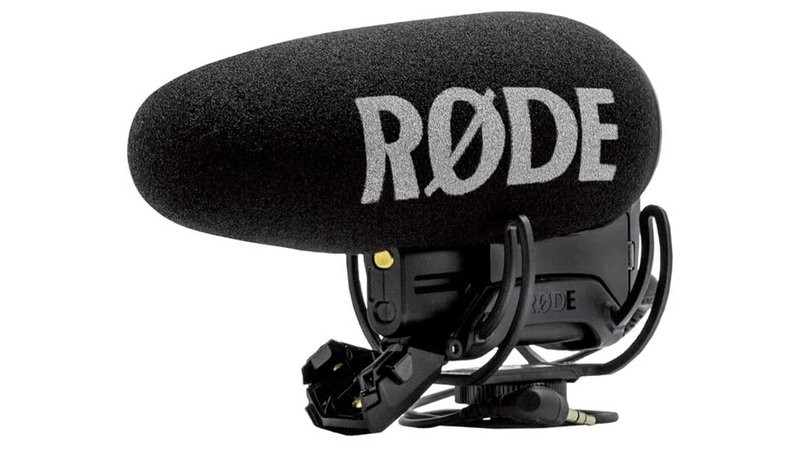
The Rode VideoMic Pro is a small and lightweight on-camera microphone that is popular with YouTubers who make vlogs and travel videos. The mic has a cardioid pickup pattern and can be plugged directly into your camera's 3.5mm microphone input.
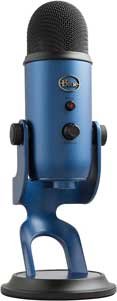
The Blue Yeti is a popular USB microphone that is often used by YouTubers who do gaming commentary, Let's Plays, or vlogs. The mic has multiple pickup patterns and can be plugged directly into your computer's USB port.
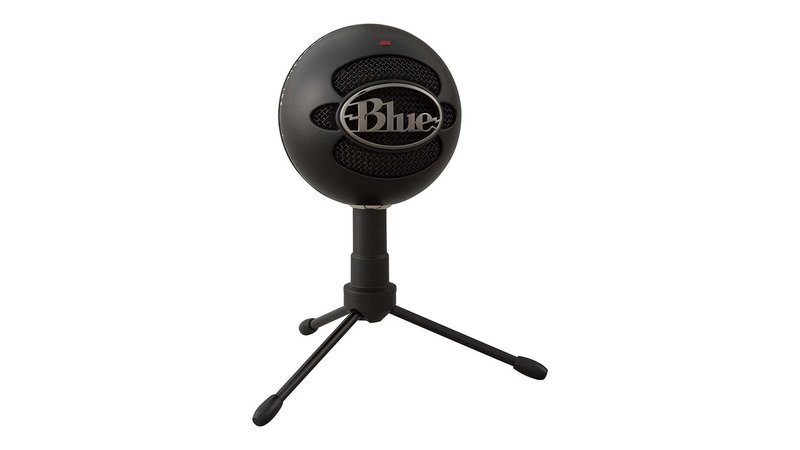
The Blue Snowball Ice is a budget-friendly USB microphone that is popular with YouTubers who make vlogs or do podcasting. The mic has a cardioid pickup pattern and can be plugged directly into your computer's USB port.

The Shure SM58 is a popular dynamic microphone that is often used by live performers and YouTubers who make music videos. The mic has a cardioid pickup pattern and requires an XLR cable to connect to a mixer or audio interface.
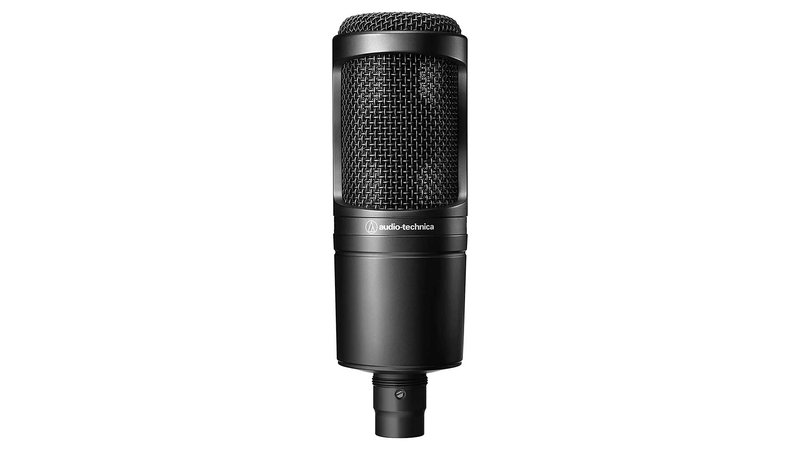
The Audio-Technica AT2020 is a popular condenser microphone that is often used by podcasters and YouTubers who make ASMR videos. The mic has a cardioid pickup pattern and requires an XLR cable to connect to a mixer or audio interface.
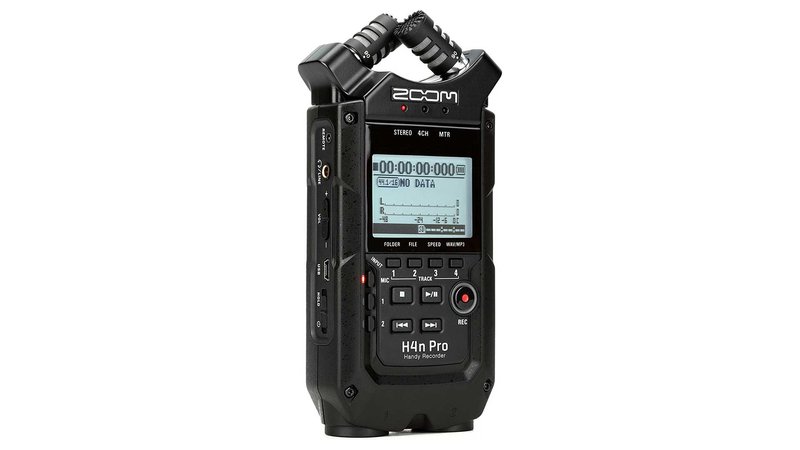
The Zoom H1n is a popular digital recorder that many YouTubers use as an inexpensive solution for recording high-quality audio. The recorder can be plugged directly into a shotgun microphone or lavaliere microphone and then plugged into your computer's USB port for easy transfer of the recorded audio file.
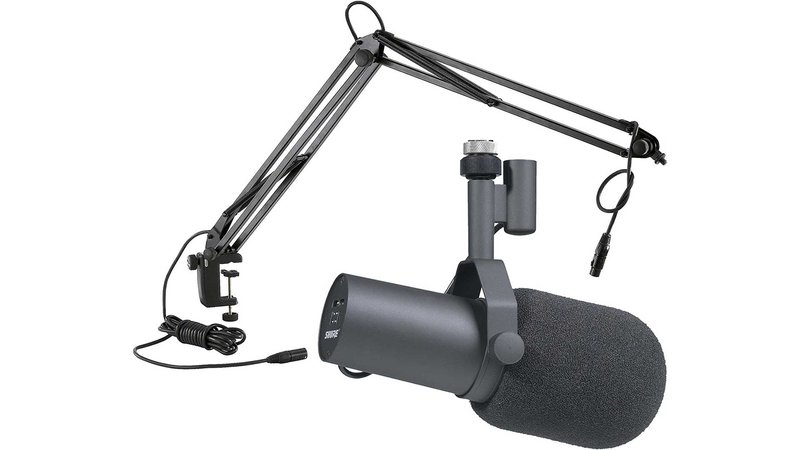
The Shure SM7B is a popular dynamic microphone that is often used by YouTubers who do ASMR videos or vlogs. The mic has a cardioid pickup pattern and can be plugged into your computer's USB port or XLR input.
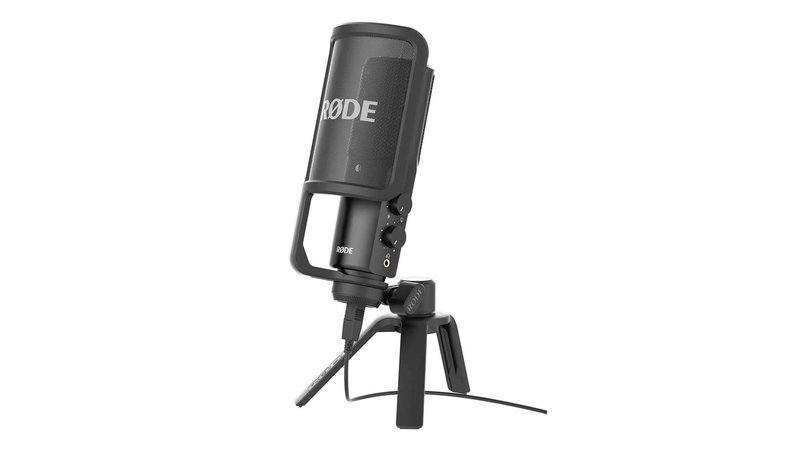
The Rode NT USB is a popular condenser microphone that is often used by YouTubers who do ASMR videos or vlogs. The mic has a cardioid pickup pattern and can be plugged into your computer's USB port.
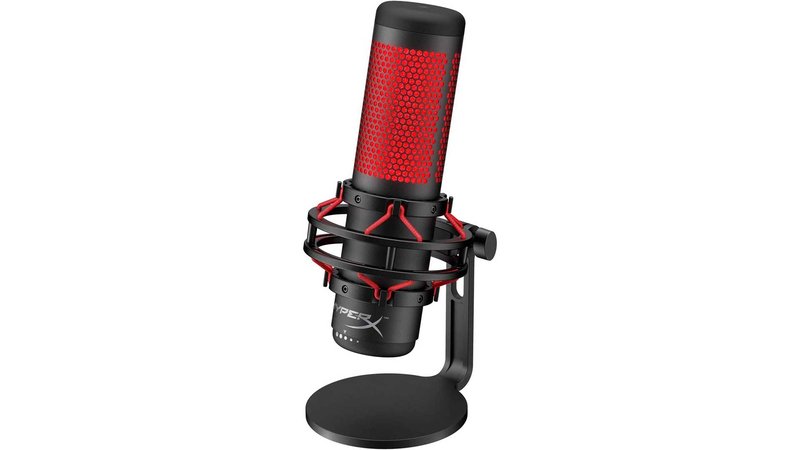
The Hyperx Quadcast is a popular USB microphone that is often used by YouTubers who do gaming commentary or Let's Plays. The mic has multiple pickup patterns and can be plugged directly into your computer's USB port.
Frequently Asked Questions About Microphones for YouTube Videos:
What are the best microphones for YouTube if I'm on a budget?
If you're on a budget, the best microphones for YouTube are the Blue Snowball and the Audio-Technica AT2020. These microphones are both very affordable and offer great sound quality. If you have a little more to spend, the Rode NT USB is a great option that offers even better sound quality.
What are the best microphones for YouTube if I'm in a noisy environment?
If you're in a noisy environment, the best microphones for YouTube are the Rode VideoMic Pro and the Shure SM7B. These microphones are both designed to handle high levels of noise without sacrificing sound quality.
What are the best microphones for YouTube if I'm doing ASMR videos?
If you're doing ASMR videos, the best microphone for YouTube is the Rode NT USB. This microphone offers great sound quality and is designed to work well in quiet environments. If you're on a budget, the Audio-Technica AT2020 is also a good option.
What is the Best Microphone for YouTube If I'm Doing Interviews?
If you're doing interviews, the best microphone for YouTube is the Zoom H1n. This recorder offers great sound quality and is very easy to use. If you're on a budget, the Blue Snowball is also a good option.
What Lav Mics do YouTubers Use?
Many YouTubers use lavaliere microphones, such as the Rode SmartLav+ or the Audio-Technica ATR3350. These microphones are very convenient and allow you to move around freely while still getting great sound quality.
What Mic do YouTube Pranksters Use?
Many YouTube pranksters use the Rode VideoMic Pro. This microphone is very affordable and offers great sound quality. It's also designed to handle high levels of noise, which is perfect for pranks.
Which Mic is Best for YouTube Video For Beginners?
If you're a beginner, the best microphone for YouTube is the Blue Snowball. This microphone is very affordable and offers great sound quality. It's also very easy to use, which makes it perfect for beginners.
What Mic Software Do YouTubers Use?
There are a variety of microphone software programs that YouTubers use, such as Audacity, Adobe Audition, and Garageband. These programs allow you to edit your audio files and add effects, such as echo or reverb.
What is the Best Cheap Microphone for YouTube Videos?
If you're on a budget, the best cheap microphone for YouTube is the Blue Snowball. This microphone is very affordable and offers great sound quality. If you have a little more to spend, the Audio-Technica AT2020 is also a good option.

About the Author
Joseph Nilo has been working professionally in all aspects of audio and video production for over twenty years. His day-to-day work finds him working as a video editor, 2D and 3D motion graphics designer, voiceover artist and audio engineer, and colorist for corporate projects and feature films.
Pro Audio Production Related Posts
Top 9 Condenser Microphones for Recording Voice and Vocals
Best Microphones For YouTube Videos 2022
Best Gaming Headsets with Good Microphones
The Ultimate Guide to the Premiere Pro Essential Sound Panel
Best External Wired and Wireless Mics for iPhone
The Pros and Cons of Podcast Mixers
7 Best Audio Mixers for Podcasting in 2023
The 8 Best USB Audio Interfaces For Podcasters and Musicians 2023
Table of Contents
- What Kind of Microphone Should I Use for YouTube videos?
- Condenser Microphones
- Dynamic Microphones
- Lavaliere Microphones
- Shotgun Microphones
- USB Microphone vs. XLR Microphone: Which is better for YouTube videos?
- Shotgun Microphone vs. Lavaliere Microphone: Which is better for YouTube videos?
- What Extra Gear Do I Need for Microphones for YouTube?
- Microphone Features To Know
- What Microphone Do Most YouTubers Use?
- FAQ About Microphones for YouTube Videos:
Pro Audio Production Related Posts
Top 9 Condenser Microphones for Recording Voice and Vocals
Best Microphones For YouTube Videos 2022
Best Gaming Headsets with Good Microphones
The Ultimate Guide to the Premiere Pro Essential Sound Panel
Best External Wired and Wireless Mics for iPhone
The Pros and Cons of Podcast Mixers
7 Best Audio Mixers for Podcasting in 2023
The 8 Best USB Audio Interfaces For Podcasters and Musicians 2023
